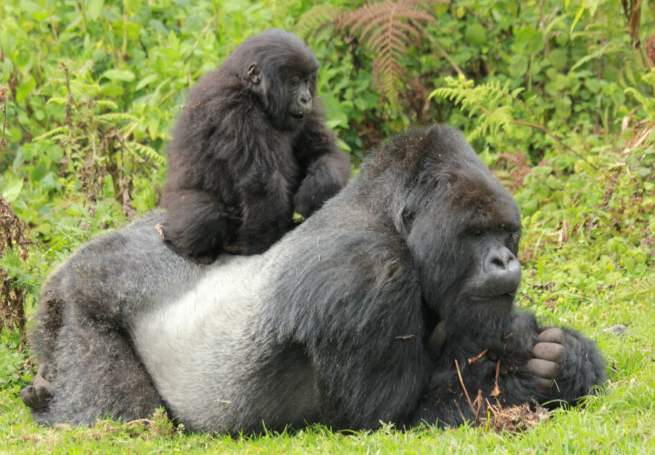Title: Can Gorillas Recognize Family Members?
Introduction
Gorillas are fascinating creatures, not only for their physical strength but also for their complex social structures and emotional bonds. Understanding whether gorillas can recognize family members gives us insight into their social behaviors and emotional intelligence. This knowledge is essential for conservation efforts and enhancing our understanding of primate behavior.
The Importance of Family Bonds in Gorillas
Family connections within gorilla troops are vital for their social dynamics. Gorillas often live in groups led by a dominant male, known as a silverback, who is responsible for the safety and cohesion of the family. The bonds between mothers and their offspring, as well as among siblings, are strong and demonstrative. Research indicates that gorillas use vocalizations and physical gestures to communicate with their family members, showcasing their ability to recognize and respond to individual family members based on these signals.
How Gorillas Recognize Each Other
Gorillas recognize their family members through a combination of visual cues, vocalizations, and scents. This multi-sensory approach allows them to identify relatives even in densely forested environments. Studies have shown that gorillas can distinguish between different family members by their physical appearances and unique sounds. For instance, a mother can identify her child through vocalizations even if they are out of sight. This recognition is crucial during foraging or during moments of stress within the troop, as it helps maintain strong family ties.
Implications for Conservation and Research
Understanding gorilla family recognition has significant implications for their conservation and welfare. Protecting their natural habitats ensures that gorilla families can remain intact, which is essential for their survival. Additionally, insights into their social structures can inform rehabilitation efforts for orphaned gorillas, helping human caregivers create environments that mimic natural family bonds. This understanding can also guide zoo professionals in their care and management of gorilla populations in captivity, enhancing their quality of life through social interactions.
Conclusion
The recognition of family members among gorillas highlights the complexity of their social structures and emotional intelligence. As we explore these remarkable creatures further, we gain not only insights into their behavior but also a deeper appreciation for the importance of conservation efforts. To learn more about gorilla behaviors and the ongoing efforts to protect them, consider visiting a local zoo or engaging with wildlife organizations active in gorilla conservation. Every little bit of knowledge helps us support these incredible animals and their families.

